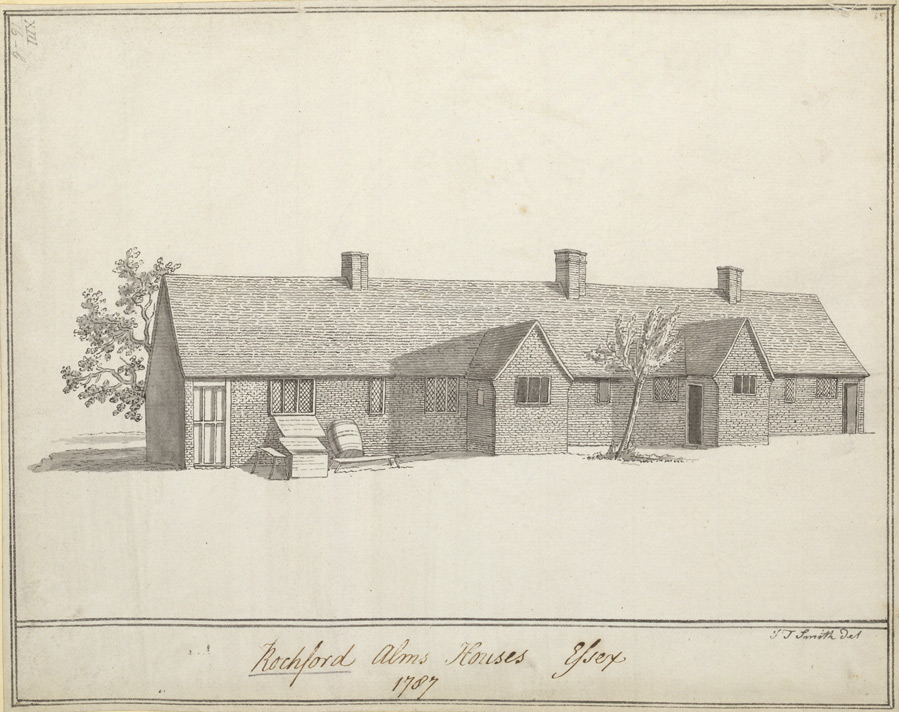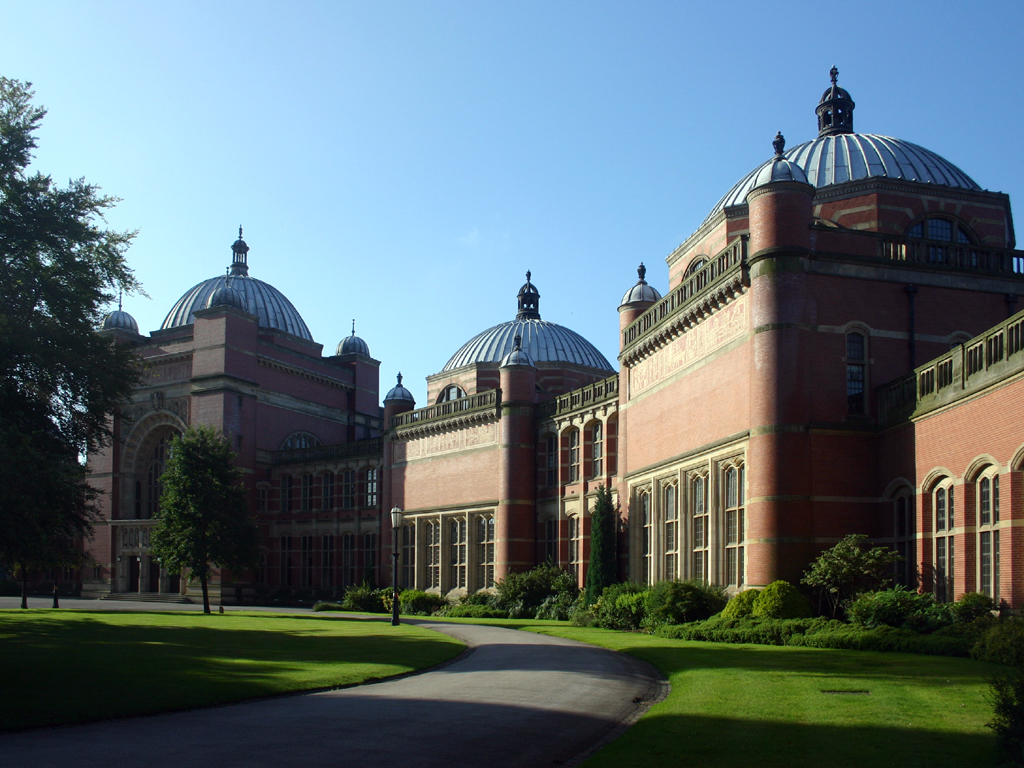|
Bunny, Nottinghamshire
Bunny is a village and civil parish located in the Rushcliffe borough of Nottinghamshire, England. The parish has a population of around 600, measured at 689 in the 2011 Census. It is on the A60 south of Nottingham, south of Bradmore and north of Costock. History The place-name 'Bunny' is first attested in the Domesday Book of 1086, where it appears as ''Bonei''. It appears in Episcopal Registers as ''Buneya'' in 1227. The name means either 'reed island' or 'island on the river Bune'. There has been a settlement on the site since pre-Norman times, perhaps as far back as the days of the Roman Empire. The parish Church of St Mary is 14th century. The most significant building in the village is Bunny Hall, probably built in the 1570s and occupied by the Parkyns family for three hundred years. Sir Thomas Parkyns, 2nd Baronet (1662–1741), known as the Wrestling Baronet, built what is now the north wing to his own design circa 1723–25. He also built the school and almsh ... [...More Info...] [...Related Items...] OR: [Wikipedia] [Google] [Baidu] |
Rushcliffe
Rushcliffe is a local government district with borough status in Nottinghamshire, England. The population of the Local Authority at the 2011 Census was 111,129. Its councilRushcliffe Borough Council is based in West Bridgford. It was formed on 1 April 1974 by merging the West Bridgford Urban District, the and part of |
Norman Conquest Of England
The Norman Conquest (or the Conquest) was the 11th-century invasion and occupation of England by an army made up of thousands of Norman, Breton, Flemish, and French troops, all led by the Duke of Normandy, later styled William the Conqueror. William's claim to the English throne derived from his familial relationship with the childless Anglo-Saxon king Edward the Confessor, who may have encouraged William's hopes for the throne. Edward died in January 1066 and was succeeded by his brother-in-law Harold Godwinson. The Norwegian king Harald Hardrada invaded northern England in September 1066 and was victorious at the Battle of Fulford on 20 September, but Godwinson's army defeated and killed Hardrada at the Battle of Stamford Bridge on 25 September. Three days later on 28 September, William's invasion force of thousands of men and hundreds of ships landed at Pevensey in Sussex in southern England. Harold marched south to oppose him, leaving a significant portion of h ... [...More Info...] [...Related Items...] OR: [Wikipedia] [Google] [Baidu] |
Almshouse
An almshouse (also known as a bede-house, poorhouse, or hospital) was charitable housing provided to people in a particular community, especially during the medieval era. They were often targeted at the poor of a locality, at those from certain forms of previous employment, or their widows, and at elderly people who could no longer pay rent, and are generally maintained by a charity or the trustees of a bequest ( alms are, in the Christian tradition, money or services donated to support the poor and indigent). Almshouses were originally formed as extensions of the church system and were later adapted by local officials and authorities. History Many almshouses are European Christian institutions though some are secular. Almshouses provide subsidised accommodation, often integrated with social care resources such as wardens. England Almshouses were established from the 10th century in Britain, to provide a place of residence for poor, old and distressed people. They were som ... [...More Info...] [...Related Items...] OR: [Wikipedia] [Google] [Baidu] |
Nikolaus Pevsner
Sir Nikolaus Bernhard Leon Pevsner (30 January 1902 – 18 August 1983) was a German-British art historian and architectural historian best known for his monumental 46-volume series of county-by-county guides, '' The Buildings of England'' (1951–74). Life Nikolaus Pevsner was born in Leipzig, Saxony, the son of Anna and her husband Hugo Pevsner, a Russian-Jewish fur merchant. He attended St. Thomas School, Leipzig, and went on to study at several universities, Munich, Berlin, and Frankfurt am Main, before being awarded a doctorate by Leipzig in 1924 for a thesis on the Baroque architecture of Leipzig. In 1923, he married Carola ("Lola") Kurlbaum, the daughter of distinguished Leipzig lawyer Alfred Kurlbaum. He worked as an assistant keeper at the Dresden Gallery between 1924 and 1928. He converted from Judaism to Lutheranism early in his life. During this period he became interested in establishing the supremacy of German modernist architecture after becoming aware of ... [...More Info...] [...Related Items...] OR: [Wikipedia] [Google] [Baidu] |
Sir Thomas Parkyns, 2nd Baronet
Sir Thomas Parkyns, 2nd Baronet (1664–1741), known as "Luctator" or the "Wrestling Baronet", was an English country gentleman now known as an architect and enthusiastic patron of wrestling. Life Born in 1664 at Bunny, Nottinghamshire, he was the second son of Sir Thomas Isham Parkyns, 1st Baronet (1639–1684), and Anne, only daughter and heiress of Thomas Cressey and his wife Elizabeth, daughter of Sir Thomas Glemham. He was educated at Westminster School under Richard Busby and Thomas Knipe. In 1680 Parkyns entered Trinity College, Cambridge, as a fellow-commoner. At the end of the reign of Charles II, his father became involved in the local politics of Nottingham, opposing as a Whig the surrender of the town's charter. He entered Gray's Inn as a student on 18 May 1682, and in 1684 he succeeded his father in the baronetcy. He was an active Justice of the Peace. He sat on the magistrates' commissions for Leicestershire and Nottinghamshire from 1684 until his death. In 1689 h ... [...More Info...] [...Related Items...] OR: [Wikipedia] [Google] [Baidu] |
Bunny Hall
Bunny Hall is a grade I listed country house in Bunny, Nottinghamshire. The house was originally an Elizabethan red brick house with an 80 foot high tower. The house was rebuilt in 1720 by Sir Thomas Parkyns, 2nd Baronet and now stands in of formal gardens and parkland. It has been equipped with a cinema room and a leisure area equipped with gymnasium, steam and sauna rooms, a large indoor heated pool and separate Jacuzzi and spa area. There is also a large orangery, drawing room, library and a circular glazed frosted dome allowing light to illuminate the hallway and staircase. The hall is listed Grade I In the United Kingdom, a listed building or listed structure is one that has been placed on one of the four statutory lists maintained by Historic England in England, Historic Environment Scotland in Scotland, in Wales, and the Northern Irel ... on the National Heritage List for England. Several buildings and structures associated with the hall are listed Grade II; ... [...More Info...] [...Related Items...] OR: [Wikipedia] [Google] [Baidu] |
St Mary's Church, Bunny
St Mary's Church, Bunny is a Grade I listed parish church in the Church of England in Bunny, Nottinghamshire. History The present church dates from the 14th century. It was restored in 1718 for Sir Thomas Parkyns, 2nd Baronet of Bunny Hall. There were also later restorations in 1890–1891 and 1911. The initial 14th-century build was temporarily halted by the spread of the plague into the village in 1350. The present building has developed over several centuries. The nave and aisles were built of loosely-coursed rubble, quite different from the hewn, squared stone of the later 14th-century chancel and tower. Inside there is an oak screen, also dated as 14th century, and the vestry has a medieval aumbry An ambry (or ''almery'', ''aumbry''; from the medieval form ''almarium'', cf. Lat. ''armārium'', "a place for keeping tools"; cf. O. Fr. ''aumoire'' and mod. armoire) is a recessed cabinet in the wall of a Christian church for storing sacred ves ... – a cupboard where the sac ... [...More Info...] [...Related Items...] OR: [Wikipedia] [Google] [Baidu] |
Roman Empire
The Roman Empire ( la, Imperium Romanum ; grc-gre, Βασιλεία τῶν Ῥωμαίων, Basileía tôn Rhōmaíōn) was the post- Republican period of ancient Rome. As a polity, it included large territorial holdings around the Mediterranean Sea in Europe, North Africa, and Western Asia, and was ruled by emperors. From the accession of Caesar Augustus as the first Roman emperor to the military anarchy of the 3rd century, it was a Principate with Italia as the metropole of its provinces and the city of Rome as its sole capital. The Empire was later ruled by multiple emperors who shared control over the Western Roman Empire and the Eastern Roman Empire. The city of Rome remained the nominal capital of both parts until AD 476 when the imperial insignia were sent to Constantinople following the capture of the Western capital of Ravenna by the Germanic barbarians. The adoption of Christianity as the state church of the Roman Empire in AD 380 and the fall of th ... [...More Info...] [...Related Items...] OR: [Wikipedia] [Google] [Baidu] |
Eilert Ekwall
Bror Oscar Eilert Ekwall (born 8 January 1877 in Vallsjö (now in Sävsjö, Jönköpings län), Sweden, died 23 November 1964 in Lund, Skåne län, Sweden), known as Eilert Ekwall, was Professor of English at Sweden's Lund University from 1909 to 1942 and was one of the outstanding scholars of the English language in the first half of the 20th century. He wrote works on the history of English, but he is best known as the author of numerous important books on English placenames (in the broadest sense) and personal names. Scholarly works His chief works in this area are ''The Place-Names of Lancashire'' (1922), ''English Place-Names in -ing'' (1923, new edition 1961), ''English River Names'' (1928), ''Studies on English Place- and Personal Names'' (1931), ''Studies on English Place-Names'' (1936), ''Street-Names of the City of London'' (1954), ''Studies on the Population of Medieval London'' (1956), and the monumental ''Concise Oxford Dictionary of English Place-Names'' (1936, ne ... [...More Info...] [...Related Items...] OR: [Wikipedia] [Google] [Baidu] |
Nottinghamshire
Nottinghamshire (; abbreviated Notts.) is a landlocked county in the East Midlands region of England, bordering South Yorkshire to the north-west, Lincolnshire to the east, Leicestershire to the south, and Derbyshire to the west. The traditional county town is Nottingham, though the county council is based at County Hall in West Bridgford in the borough of Rushcliffe, at a site facing Nottingham over the River Trent. The districts of Nottinghamshire are Ashfield, Bassetlaw, Broxtowe, Gedling, Mansfield, Newark and Sherwood, and Rushcliffe. The City of Nottingham was administratively part of Nottinghamshire between 1974 and 1998, but is now a unitary authority, remaining part of Nottinghamshire for ceremonial purposes. The county saw a minor change in its coverage as Finningley was moved from the county into South Yorkshire and is part of the City of Doncaster. This is also where the now-closed Doncaster Sheffield Airport is located (formerly Robin Hood Airport) ... [...More Info...] [...Related Items...] OR: [Wikipedia] [Google] [Baidu] |
Domesday Book
Domesday Book () – the Middle English spelling of "Doomsday Book" – is a manuscript record of the "Great Survey" of much of England and parts of Wales completed in 1086 by order of King William I, known as William the Conqueror. The manuscript was originally known by the Latin name ''Liber de Wintonia'', meaning "Book of Winchester", where it was originally kept in the royal treasury. The '' Anglo-Saxon Chronicle'' states that in 1085 the king sent his agents to survey every shire in England, to list his holdings and dues owed to him. Written in Medieval Latin, it was highly abbreviated and included some vernacular native terms without Latin equivalents. The survey's main purpose was to record the annual value of every piece of landed property to its lord, and the resources in land, manpower, and livestock from which the value derived. The name "Domesday Book" came into use in the 12th century. Richard FitzNeal wrote in the '' Dialogus de Scaccario'' ( 1179) that the bo ... [...More Info...] [...Related Items...] OR: [Wikipedia] [Google] [Baidu] |



_-_geograph.org.uk_-_782312.jpg)


